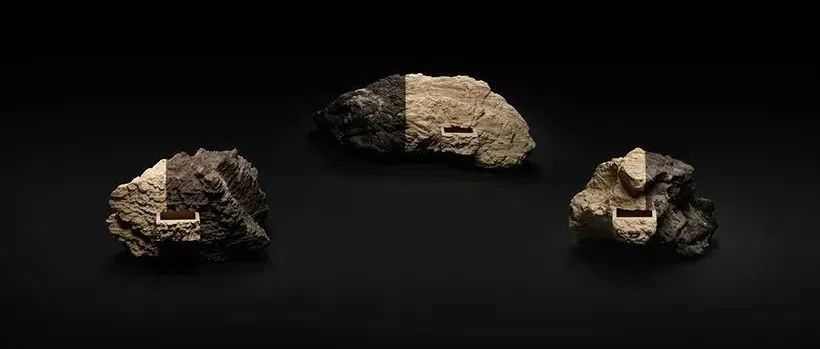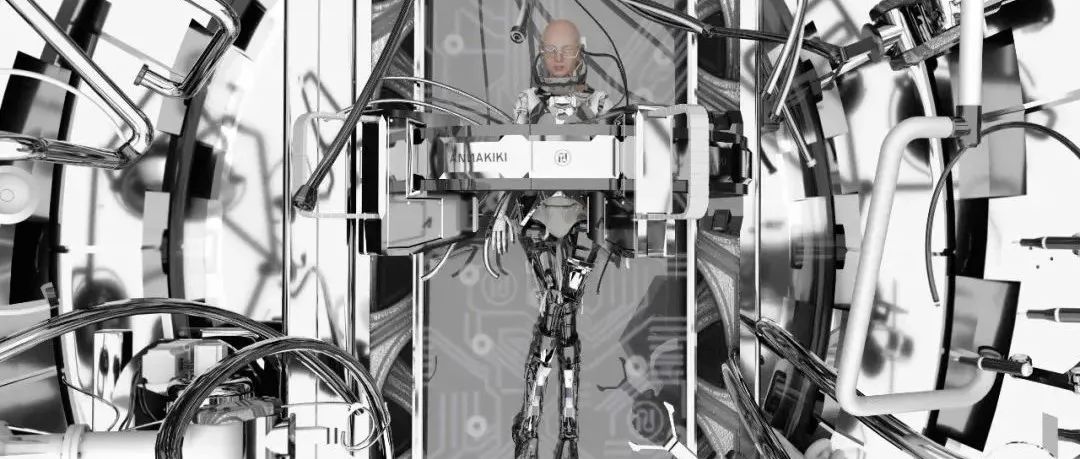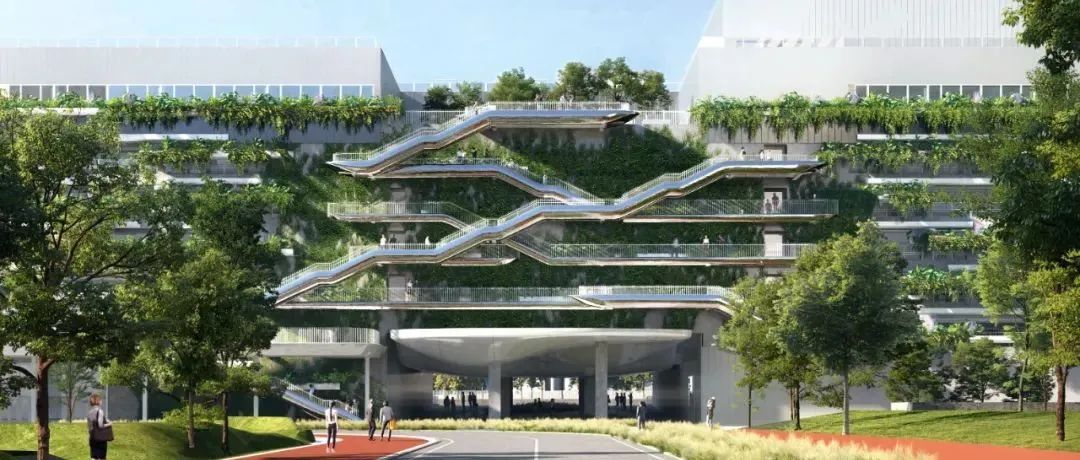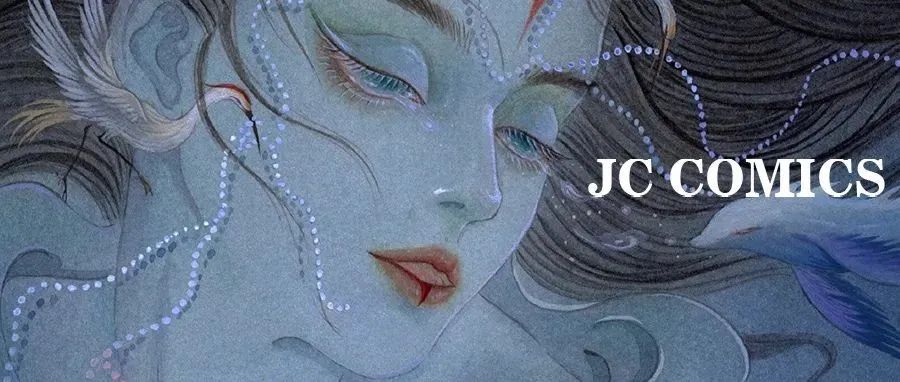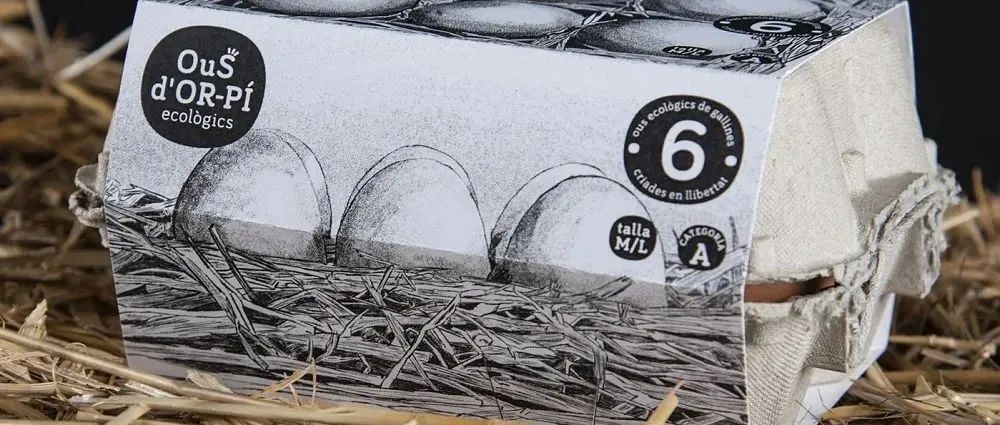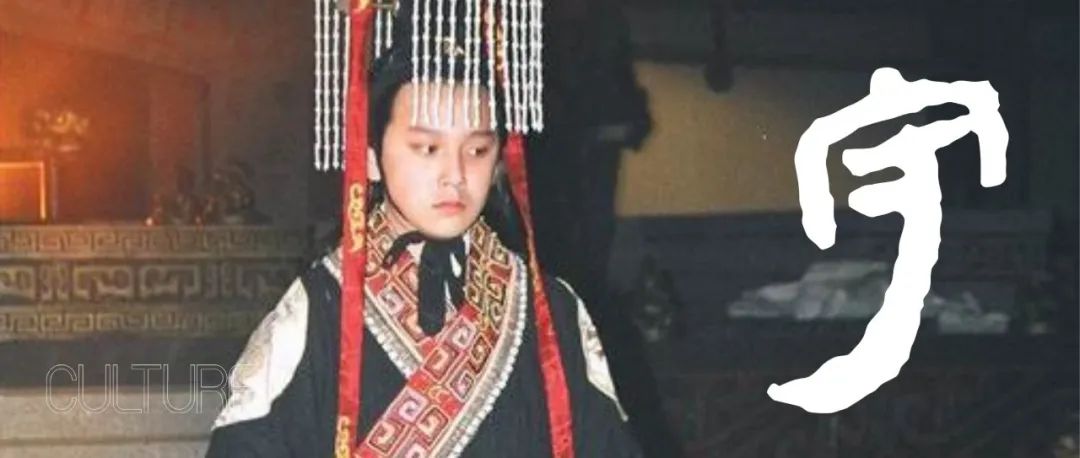NENDO SEES KYOTO
An exhibition showing seven works created in collaboration with Kyoto’ s traditional craftspeople and ateliers, presented in the Daidokoro of Ninomaru-goten Palace and Okiyodokoro at Nijo-jo Castle. An installation inspired by the Kyodo Hall and Sai-mon (West Gate) of Kiyomizu-dera Temple was concurrently displayed during the session. The exhibition is titled NENDO SEES KYOTO in the hope of bringing to light unconventional artistic expressions and the fascinating power of Kyoto by introducing new perspectives.
It is a fusion of diverse techniques;
a visualization of intangible values;
an opportunity to experience the flow of time through the five senses;
and an action to propel changes to the production processes.
Instead of going with or against the expansive historical flow of crafts and design, the slightest of the opportunity that the project provides creates new, thinner branches flowing out from it. The project strives for such modest flows to be noticed by those who have had little contact and interest in traditional crafts. And it hopes that this branch would one day rejoin the main flow, and contribute, even on a small scale, to the development of crafts and design in Kyoto.
在二之丸御殿的大堂和二条城的置地所举办的展览,展示了与京都的传统工匠和工作室合作创作的七件作品。会议期间同时展出了以清水寺的共同堂和西门(西门)为灵感的装置。本次展览名为“NENDO SEES KYOTO”,希望通过引入新的视角,展现非传统的艺术表现形式和京都的迷人力量。
它融合了多种技术;
无形价值的可视化;
有机会通过五种感官体验时间的流动;
以及推动生产流程变化的行动。
该项目提供的最微小的机会不会与工艺和设计的广泛历史流动相适应或反对,而是会产生新的、更薄的分支从中流出。该项目力求让那些对传统工艺几乎没有接触和兴趣的人注意到这种适度的流动。并且希望有朝一日能重新加入主流,为京都的手工艺和设计的发展做出贡献,即使是小规模的。
ishidansu
For more than 250 years since the Edo period’s Horeki era (1751–1764), generations of gardeners have been designing landscapes under the name of Ogawa Jihei at Kyoto’s Onniwa Ueji. Though heretofore gardens have by necessity been restricted to being enjoyed outside, it was the 12th generation Ogawa Katsuaki’s idea to bring the allure of the garden indoors.
Japanese gardens comprise numerous elements, such as plants, landscape boulders, flowing water, sunlight, and wind, all of which are in constant flux yet maintain a balance. Because there are physical limitations to bringing inside all the complex parts and circumstances of a garden, it was decided the boulders, the slowest-changing component of any garden and therefore its axis, would embody the garden indoors.
A mass of rock in its plain state, however, is alien in an indoor environment, and so to blend it in with its new surroundings, part of the boulder was replaced with wood, a material frequently used in Japanese interiors. A small drawer was also added to bring the boulder in closer proximity to furniture.
First, Ogawa selected three boulders. Kasukabe stone from Kameoka, Kyoto Prefecture, has a rough appearance with alternating layers of red chert and reddish-purple dolomite. The gnarled, marbled pattern of Niyodo stone from the river Niyodogawa in Kochi Prefecture is quite rare in the stone’s natural state. The other Niyodo stone has the look of a volcanic crater partially overrun with lava. Next, the three boulders were 3D scanned to provide data on which to sculpt a block of radiata pine with a five-axis milling machine and the handiwork of sculptors. Shaped by a variety of tools, including chisels, handheld rotary tools, and sandblasters, the pine was made to perfectly replicate the boulders’ shapes, down to the minute irregularities of their surfaces. Meanwhile, the boulders too went under the knife but of a 60-inch medium-diameter circular saw. However, great care was taken to prevent any chips or cracks, or else the entire process would have had to be redone from scratch. Last, the drawers were processed with a disc grinder and an electric chisel and integrated with the stone and wooden parts.
Created thus, the three boulders remained distinct from bon-seki(a traditional art in which rocks are a centerpiece embodying a garden on a tray) and were instead designed into stone that transformed their very rooms into gardens.
猜你喜欢
申明:
内容版权自Nendo官网
未经许可,严禁转载,谢谢合作
我的翻译仅作参考,如觉翻译不妥,请跟我联系,探讨后可做修改,谢谢!
本文来自微信公众号“佐藤大Nendo设计”(ID:gh_ce2c42193789)。大作社经授权转载,该文观点仅代表作者本人,大作社平台仅提供信息存储空间服务。


